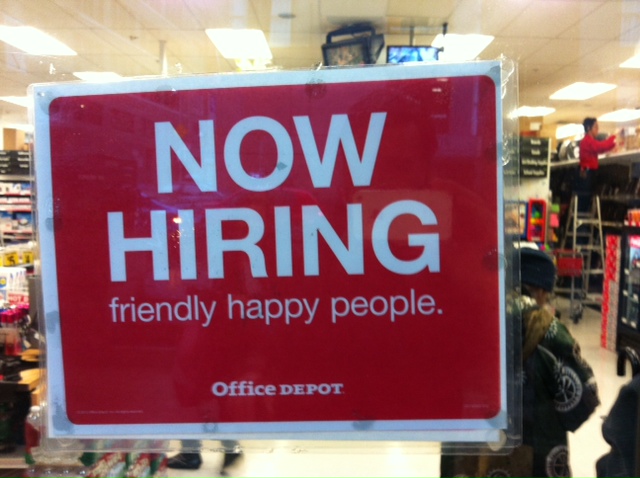Payment service Stripe joins the unicorn club as credit card company Visa becomes the latest investor reports the Re/Code website.
Two years ago this site interviewed John Collison, one of the Irish twins who founded Stripe about their mission to bring the payments industry in the 21st Century.
With the Visa investment it now means two of the world’s three major credit card companies are investors in Stripe, the other being American Express, and this shows the incumbent players are acutely aware of the changes happening in the payments world.
That credit card companies are investing in the businesses that threaten to disrupt their industry indicates the incumbents’ savvy management; while there are cultural and ethical barriers in trying to undercut the existing profitable products, having a stake in the new competitors gives companies like Visa and AmEx to remain relevant in a post credit card world.
For Stripe, investment from what could have been their major competitors not only takes some of the pressure off the the business but also opens opportunities for technology sharing and access to bigger markets.
Probably the most important thing for Strip with the Amex and Visa investments is they legitimise the business and the entire payments startup sector. It’s an important vote of confidence in the technologies and market.
For the Collison twins it also helps build better businesses, as John told Decoding the New Economy two years ago, “if we just building a business to take transactions from PayPal and get them onto Stripe, that’s not that interesting. What is interesting is if we can create new types of transactions that would not have existed otherwise.”
“By providing better infrastructure for anyone to build a global business. That will change the kind of things people will build.”
Now more people will be looking at what they can build on these payment platforms.




